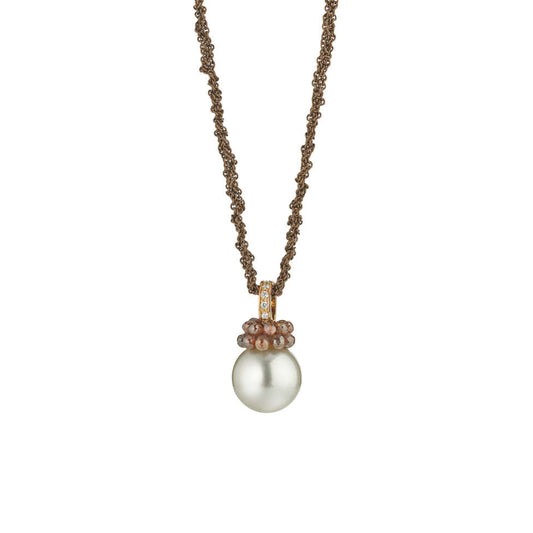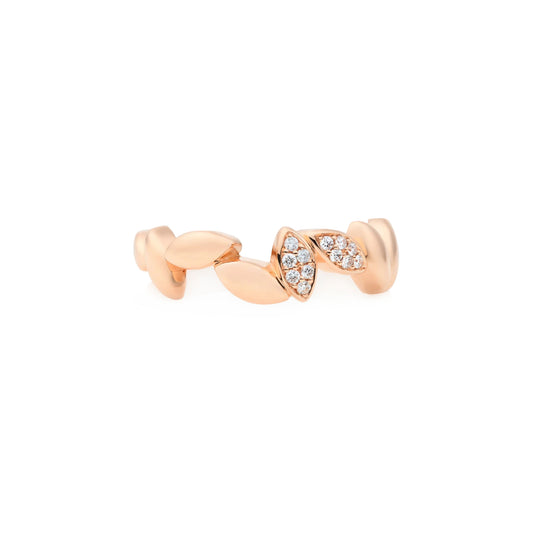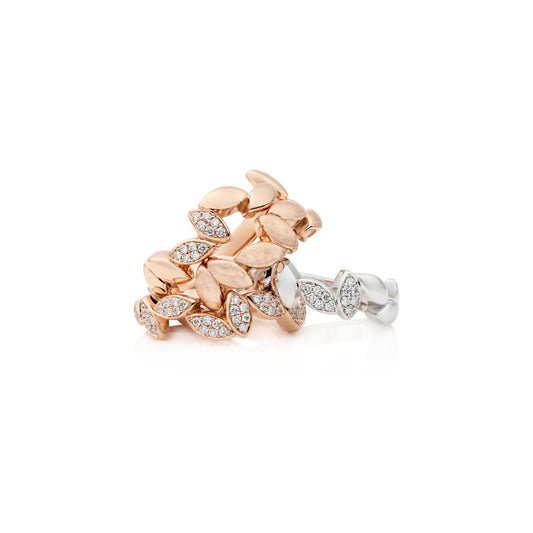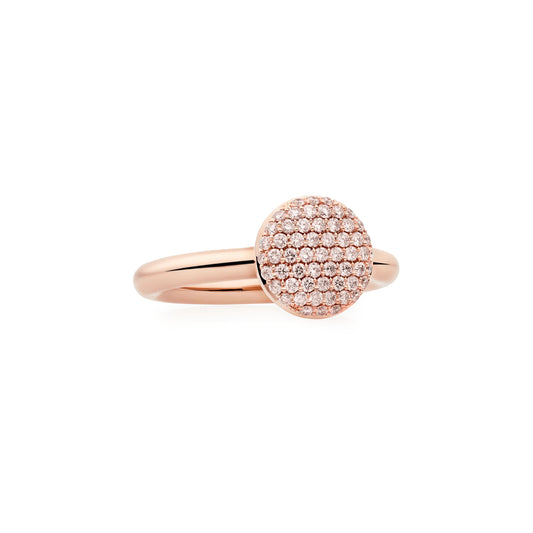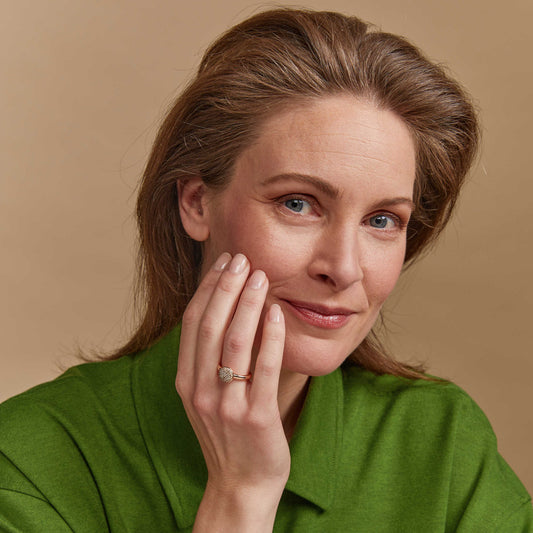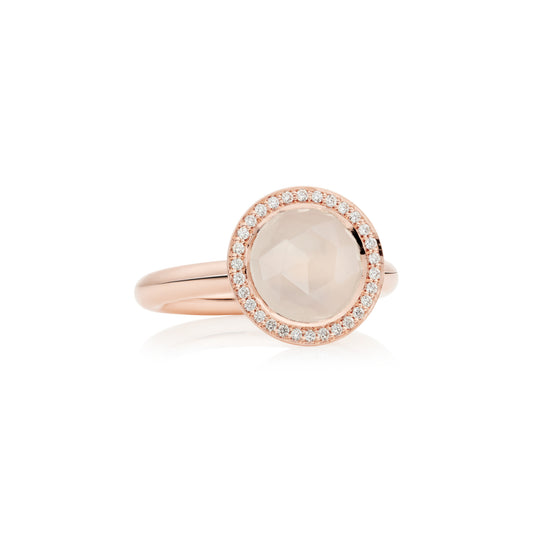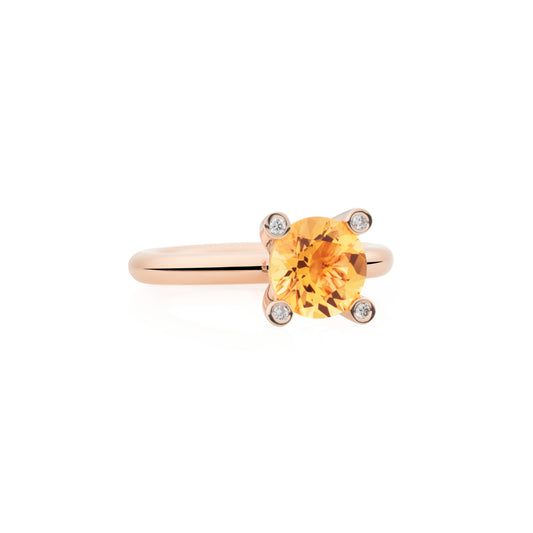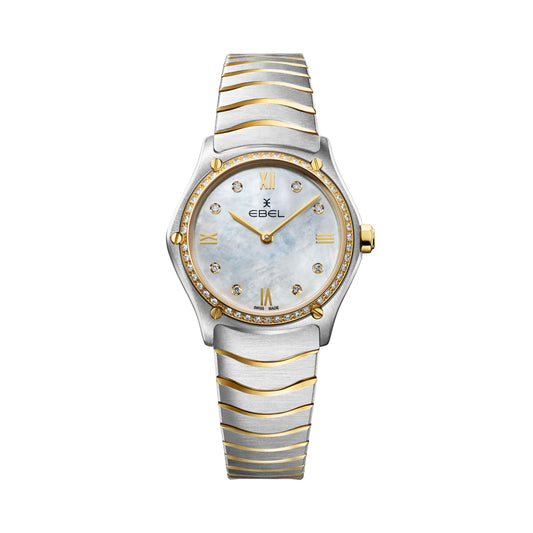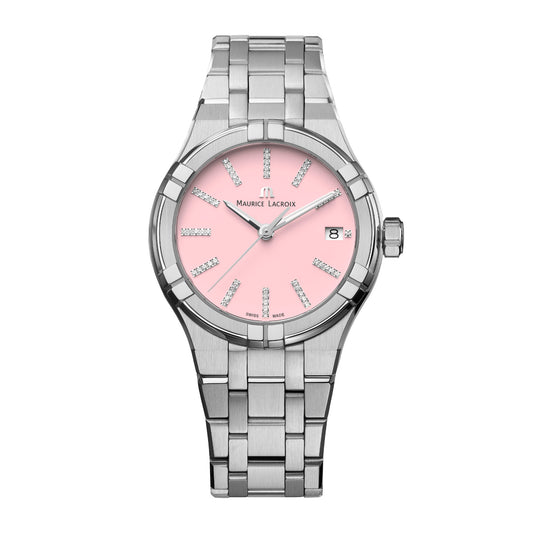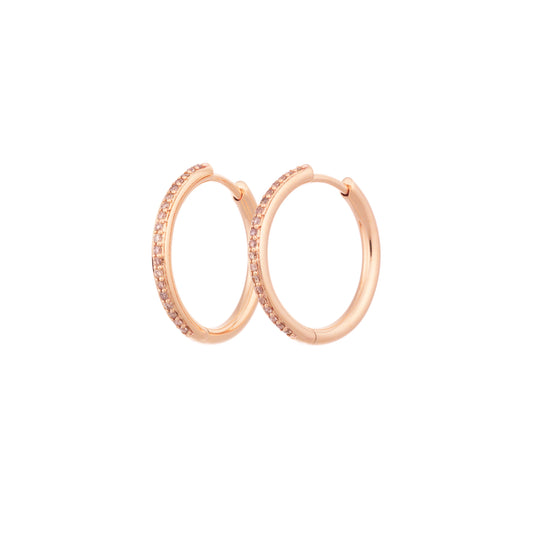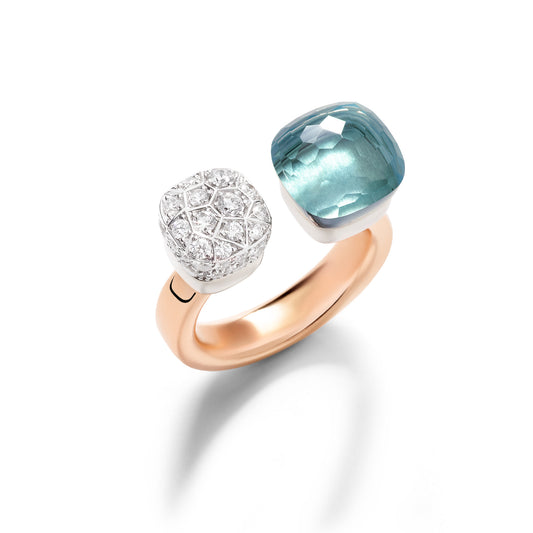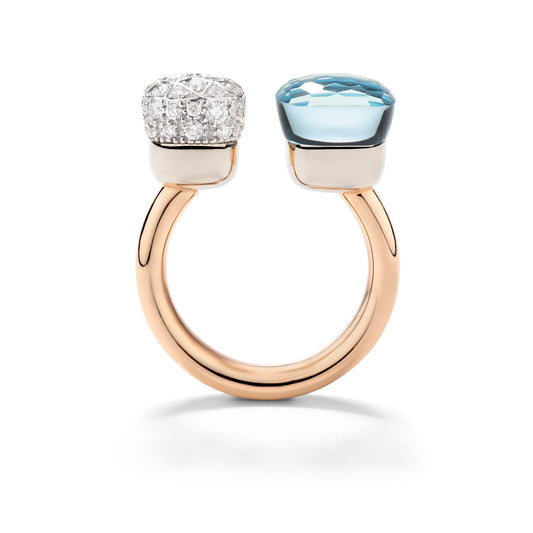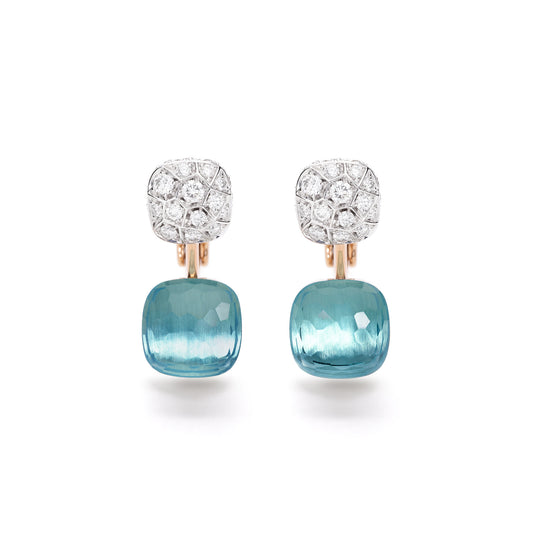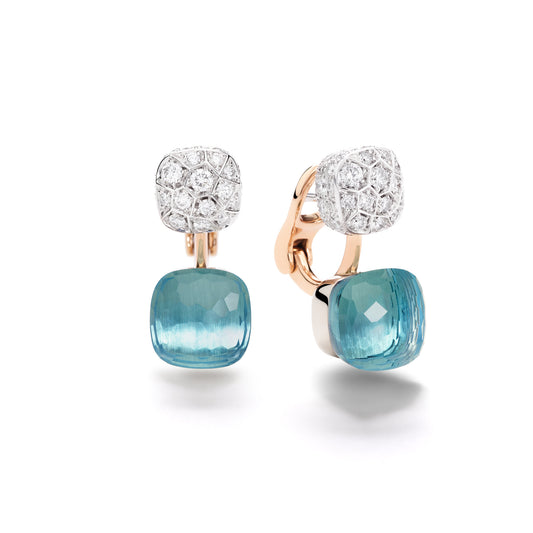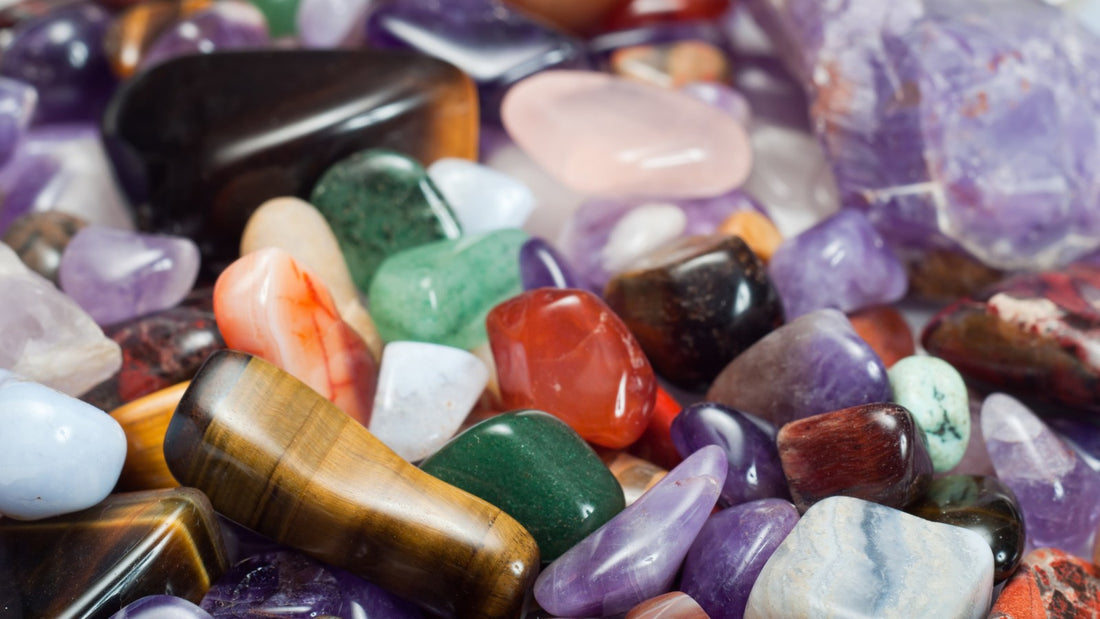
Gemstones: Fascinating treasures of nature
Gemstones have always held a special fascination for people. Their radiant colors, rarity, and symbolic significance make them sought-after objects in jewelry and art. But what exactly are gemstones, how are they formed, and what role do they play in different cultures? This article offers a comprehensive overview of the world of gemstones.
Table of Contents
- Definition and formation of gemstones
- Classification and properties
- Meaning and use
- Care and cleaning of gemstones
- Well-known gemstones and their properties
- FAQ about gemstones
- That's why we love gemstones
Definition and formation of gemstones
Gemstones are mineral or organic materials valued for their beauty, rarity, and durability. They form over millions of years under specific geological conditions deep within the Earth's crust. High pressure and extreme temperatures lead to the crystallization of various minerals, which ultimately grow into gemstones. Factors such as chemical composition, crystal structure, and trace elements determine the individual properties of each stone.
Classification and properties
Gemstones are classified into different mineral classes based on their chemical composition and crystal structure. The most well-known include:
- Elements: For example, diamond, which consists exclusively of carbon.
- Oxides: Like ruby, a variety of the mineral corundum.
- Silicates: For example, emerald, a variety of beryl.
The hardness of a gemstone is measured on the Mohs hardness scale, with diamond being considered the hardest natural material, with the highest value of 10. Other important properties include the refractive index, which indicates the refraction of light in the stone, and the density, which indicates the specific gravity of the stone.
Meaning and use
Gemstones have symbolic meanings in different cultures and are often associated with certain qualities or powers. For example, amethyst is considered a protective stone against drunkenness, while rose quartz is said to promote love and harmony. In jewelry making, gemstones are valued for their aesthetic appeal and rarity. They adorn rings, necklaces, earrings, and many other pieces of jewelry. They also find industrial applications; for example, diamonds are used as cutting and grinding tools due to their extreme hardness.
Care and cleaning of gemstones
Proper care of gemstone jewelry is essential to preserve its beauty and value. Some stones are sensitive to heat, light, or chemicals. It is recommended to clean gemstone jewelry regularly with a soft cloth and protect it from direct sunlight and contact with household chemicals. Ultrasonic cleaners should be used with caution, as not all gemstones tolerate this method.
Well-known gemstones and their properties
| gemstone | Color | Hardness (Mohs) | Special features |
|---|---|---|---|
| diamond | Colorless | 10 | Hardest natural material |
| ruby | Red | 9 | Variety of the mineral corundum |
| emerald | Green | 7.5–8 | Often contains inclusions, so-called "gardens" |
| sapphire | Blue | 9 | Also a variety of corundum |
| amethyst | Violet | 7 | Variety of quartz |
FAQ about gemstones
- 1. How do I recognize the quality of a gemstone?
- The quality of a gemstone is determined by the "4 Cs": carat (weight), clarity (purity), color (colour) and cut (cut).
- 2. Are synthetic gemstones less valuable?
- Synthetic gemstones have the same chemical composition as natural ones, but are created in a laboratory. Their value is usually lower.
- 3. Which gemstones are suitable for everyday use?
- Gemstones with high hardness, such as diamond, ruby or sapphire, are ideal because they are less susceptible to damage.
- 4. How do I properly care for my gemstone jewelry?
- Clean the jewelry regularly with a soft cloth and avoid contact with chemicals.
That's why we love gemstones
Gemstones fascinate with their beauty, rarity, and symbolic meaning. This is why they have always been valued and loved for jewelry. Their radiant colors and durability make them timeless companions that tell stories and express emotions.
